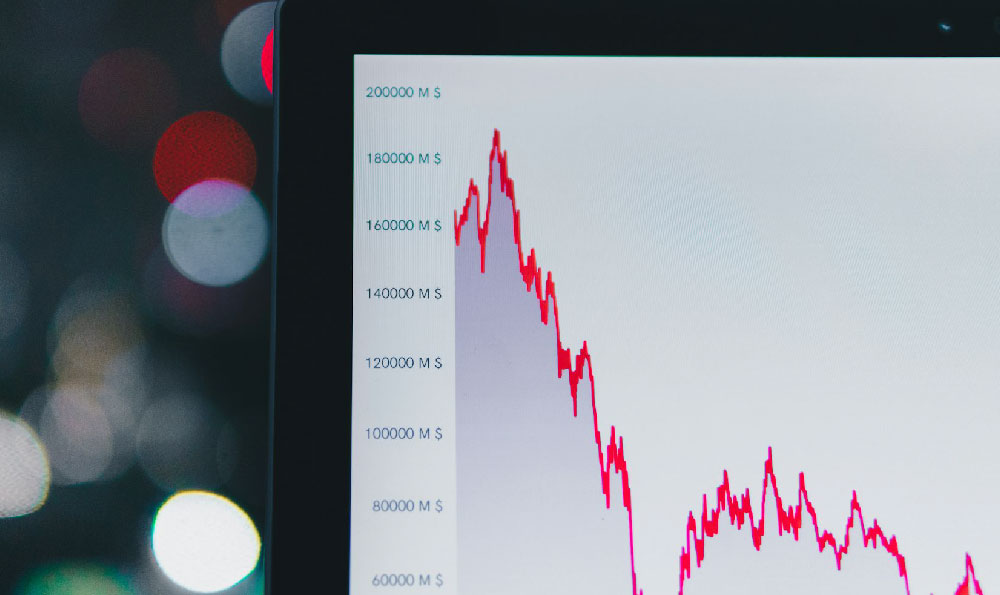Canva has emerged as a powerful digital tool that empowers creators, entrepreneurs, and professionals across various industries to generate income through innovative approaches. Its user-friendly interface and extensive library of templates have democratized design, allowing individuals to monetize their skills without requiring advanced technical expertise. For those seeking to leverage Canva for financial growth, understanding its multifaceted potential is essential. The platform's versatility extends beyond mere graphic design; it serves as a launchpad for product creation, service offerings, and digital marketing campaigns. By strategically aligning Canva's capabilities with business goals, freelancers and online entrepreneurs can unlock new revenue streams while navigating the complexities of the modern market.
The first step in maximizing Canva's profitability lies in identifying niche markets where visual content holds significant value. For instance, small businesses often require branding materials such as logos, social media graphics, and presentation templates, yet lack the in-house design resources. By positioning oneself as a Canva expert, individuals can offer tailored solutions to this demand. Similarly, e-commerce startups frequently need product packaging designs, website banners, and marketing assets, creating opportunities for collaborative ventures. The key is to research and specialize in areas where visual storytelling drives customer engagement. A freelance designer with a focus on educational content, for example, could create Canva templates for online tutors, simplifying the process of developing course materials and increasing their reach.
Another lucrative avenue involves leveraging Canva's template marketplace. Instead of charging hourly rates for customization, creators can develop and sell ready-to-use templates that cater to specific industries or use cases. This approach not only generates passive income but also establishes a reputation within niche communities. For example, a designer specializing in fitness coaching might sell workout planner templates, allowing users to customize schedules without needing to hire a graphic designer. The process requires understanding user pain points and designing scalable solutions. Success in this space hinges on continuous innovation, ensuring templates remain relevant in a rapidly evolving market.

Online businesses can integrate Canva into their operational framework to enhance customer value and streamline workflows. Consider a digital marketing agency that uses Canva to create social media content for clients. By automating this process through Canva's API integrations, the agency can reduce time spent on repetitive tasks, allowing team members to focus on strategy and client relationships. Similarly, an online course provider might use Canva to develop visually appealing course outlines, increasing the likelihood of attracting students. The intersection of Canva with other digital tools, such as project management software or email marketing platforms, can further amplify productivity and revenue potential.
For those aiming to build a sustainable income, it's crucial to diversify monetization strategies. Canva's collaborative features enable teams to work together on design projects, making it an ideal platform for creating scalable products. A creative agency could design a line of Canva templates for event planners, offering a subscription-based model that ensures recurring revenue. Alternatively, content creators might monetize their Canva templates through affiliate marketing, embedding links to third-party services that complement their designs. The flexibility of Canva allows for experimentation with multiple revenue streams, encouraging creators to test different models and optimize based on performance metrics.
Risk management is equally important in Canva-based ventures. Over-reliance on a single platform can expose businesses to vulnerabilities such as algorithm changes or premium model shifts. To mitigate this, creators should diversify their audiences by expanding into multiple platforms, including Adobe Stock, Etsy, or niche forums. For example, a designer might upload Canva templates to both the official marketplace and independent platforms to maximize visibility. Moreover, understanding the financial implications of different monetization models is critical. While selling templates provides upfront revenue, subscription models offer long-term stability. Creators should analyze market trends, such as the growing demand for Instagram Reels templates, to align their strategies with current opportunities.
The potential of Canva extends into emerging areas such as NFTs and digital collectibles. By designing unique visual assets that can be tokenized, creators can tap into blockchain-based markets. This approach requires understanding the intersection of design and technology, as well as the nuances of digital ownership. For instance, an artist might create Canva-based illustrations that are converted into NFTs, offering a new dimension to their work. The key is to identify platforms that support these integrations and ensure the designs meet the standards of digital collectors.
In the long term, the success of Canva-based income strategies depends on continuous adaptation to market demands. As online businesses evolve, the need for customizable and high-quality visual content will only grow. By staying informed about industry trends and leveraging Canva's tools effectively, creators can position themselves at the forefront of this transformation. Additionally, building a community around one's work can foster loyalty and repeat business. For example, a Canva expert might create a YouTube channel offering tutorials on template customization, driving traffic to their marketplace and establishing authority.
Ultimately, Canva represents a unique opportunity for individuals to generate income through creativity, automation, and strategic planning. Whether as a freelance designer, product creator, or online business owner, the platform offers tools to streamline processes and enhance value. By focusing on niche markets, diversifying revenue models, and managing risks effectively, creators can build a resilient income stream. The future of Canva-based ventures lies in embracing innovation, understanding market dynamics, and leveraging the platform's potential to its fullest. This requires a balance of technical proficiency, business acumen, and a forward-thinking mindset—ensuring that income generation remains both sustainable and profitable.












